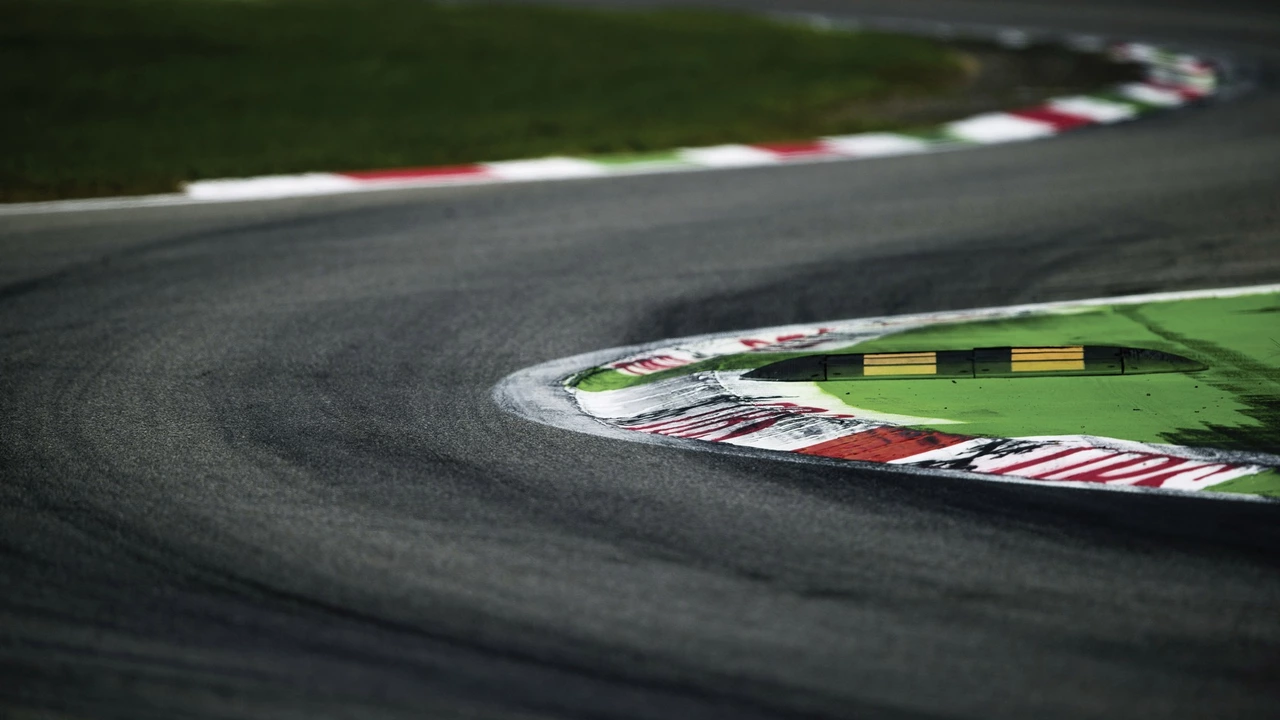How are Formula 1 or MotoGP racetracks designed?
 Jul, 21 2023
Jul, 21 2023
Understanding the Sport: Formula 1 and MotoGP
Before diving into the intricacies of racetrack design, it's crucial to understand the sports themselves - Formula 1 and MotoGP. Both represent the pinnacle of motor racing, but they are fundamentally different in many respects. Formula 1 involves high-speed racing using state-of-the-art single-seat, open-wheel cars. In contrast, MotoGP is all about high-performance motorcycle racing. The unique requirements and challenges of these sports have a direct influence on how their racetracks are designed.
The Genesis of a Racetrack: Initial Planning and Conceptualization
The first stage in designing a Formula 1 or MotoGP racetrack involves meticulous planning and conceptualization. A team of experienced architects, engineers, and motorsport experts come together to brainstorm ideas. The topography of the land, local climate, and potential environmental impacts all need to be taken into account. The aim is to create a track that is not only challenging for the drivers or riders but also provides an exhilarating experience for the spectators.
Adhering to Safety Standards: The Role of FIA and FIM
When it comes to racetrack design, safety is paramount. The FIA (Fédération Internationale de l'Automobile) for Formula 1, and the FIM (Fédération Internationale de Motocyclisme) for MotoGP, have stringent safety standards that must be adhered to. These governing bodies review the track designs and can suggest modifications to improve safety. This could involve altering the width of the track, the layout of the corners, or the placement of safety barriers.
The Art of the Turn: Designing Corners and Chicanes
Designing corners and chicanes is an art form in itself. These elements not only add to the challenge of the racetrack but also influence the overall speed of the race. Fast corners require ample runoff areas for safety reasons, while tight corners and chicanes can slow the race down and increase the chances of overtaking. The balance between high-speed and technical sections is crucial to creating a thrilling racetrack.
The Need for Speed: Straight Sections and DRS Zones
Straight sections are integral to any racetrack design. They allow for high-speed racing and provide opportunities for overtaking, especially in Formula 1, where DRS (Drag Reduction System) zones are often located. DRS zones are specific sections of the track where drivers can open a flap on the rear wing of their car to reduce drag and increase speed. The placement of these zones is a strategic aspect of track design.
Pit Stops and Paddock: Behind-the-Scenes Considerations
Apart from the racetrack itself, the design also involves planning for pit lanes, pit garages, and the paddock area. These behind-the-scenes areas are vital for the smooth functioning of a race weekend. They must be easily accessible and provide ample space for the teams and their equipment. The location of the pit exit also plays a role in the overall design and can add an extra dimension to the race.
Creating a Spectacle: Spectators' Facilities and Broadcast Considerations
Racetrack design is not just about the drivers or riders; it's also about creating an unforgettable experience for spectators and viewers at home. Grandstands must provide excellent views of the track, while also considering factors like sun direction and wind. Broadcast considerations also come into play, with camera positions and helipads being carefully planned to ensure optimal coverage of the race.
Environmental Impact and Sustainability Considerations
In today's world, it's impossible to ignore the environmental impact of constructing a new racetrack. Sustainable practices are becoming increasingly important in racetrack design. This could involve using local materials, incorporating renewable energy sources, or designing the track in a way that minimizes disruption to the local ecosystem.
Bringing the Track to Life: Construction and Testing
Once the design is finalized, the construction phase begins. This involves earthworks, laying the asphalt, installing safety barriers, and building the various facilities. The newly-built track then undergoes rigorous testing to ensure it meets all safety standards and provides a suitable challenge for drivers or riders. Only after this extensive process does the racetrack finally come to life, ready to host its first thrilling race.